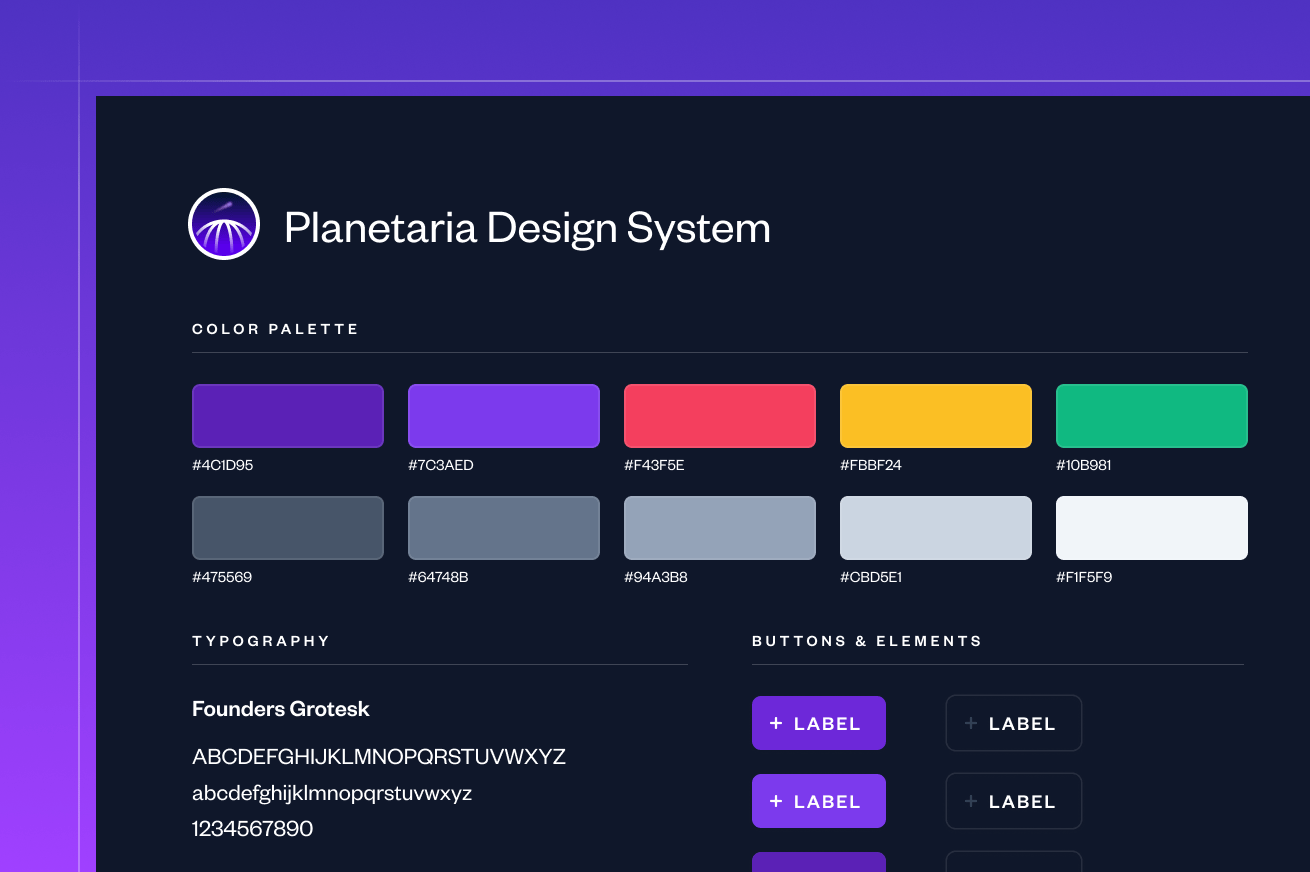Exploring the Exciting Intersection of AI and Design Systems
As a design engineer passionate about the latest advancements in technology, I find myself captivated by the incredible potential of artificial intelligence (AI) in the realm of design systems.

With each passing day, AI is revolutionizing the way we approach digital design, offering new tools and techniques that can help us create better products and collaborate more efficiently.
One of the areas that particularly excites me is the use of AI for generating component code. Imagine being able to train AI models on our existing codebase, conventions, and documentation, and then leveraging that knowledge to create powerful component boilerplate generators. This could potentially save us countless hours of development time, allowing us to focus on more strategic and creative tasks. Of course, as with any AI-generated code, it's crucial that we review and refine it to ensure it meets our high standards and aligns with our unique requirements.
Another fascinating application of AI in design systems is the ability to translate code between different tech stacks. As someone who has experienced the pain of manually migrating components from one framework to another, I can't help but be thrilled by the prospect of AI-powered tools that can automate this process. The idea of being able to write code once and deploy it anywhere, regardless of the tech stack, is truly game-changing.
When it comes to testing and quality assurance, AI can be an invaluable asset. By treating AI as a junior developer and leveraging its capabilities to generate unit tests based on pseudo-code prompts, we can ensure that our components are thoroughly tested and reduce the risk of human error. Additionally, AI can help us maintain accessibility standards by integrating our specific guidelines and providing helpful context and best practices.
Documentation is another area where AI can make a significant impact. As someone who has spent countless hours authoring design system documentation, I know firsthand how tedious and time-consuming this task can be. The idea of having AI extract relevant information from our design files, code libraries, and other sources to generate human-friendly documentation is incredibly appealing. Moreover, the ability to personalize documentation based on an individual's role, skill level, and preferred language could make our design system more accessible and useful for everyone on the team.
While I'm incredibly excited about the potential of AI in design systems, I also believe it's essential to approach these technologies with a human-centric mindset. We must prioritize respect for people's time, energy, and talents, and ensure that AI is used to enhance and elevate our work rather than replace it. Security and privacy concerns are also top of mind, and I strongly prefer on-premises AI tools over cloud-based solutions that may compromise our intellectual property.
To successfully integrate AI into our design system workflows, I believe we should focus on developing AI solutions that are tailored to our specific needs, culture, and preferences. By training AI models on our existing assets and conventions, we can ensure predictable and reliable results. It's also crucial that we maintain human control over the input and output of AI systems, allowing our team members to coach and refine the AI's performance over time.
As we navigate this exciting new world of AI-powered design systems, it's important to remember that AI should be viewed as an enhancement rather than a replacement for human expertise. By leveraging AI to automate repetitive tasks, generate code and documentation, and assist in testing and QA, we can focus on more creative and strategic aspects of our work. I firmly believe that the future of design systems is intertwined with the evolution of AI technologies, and I'm thrilled to be part of an organization that embraces these advancements while prioritizing human-centric principles. Together, we can create exceptional digital products and foster effective collaboration in ways we never thought possible.
